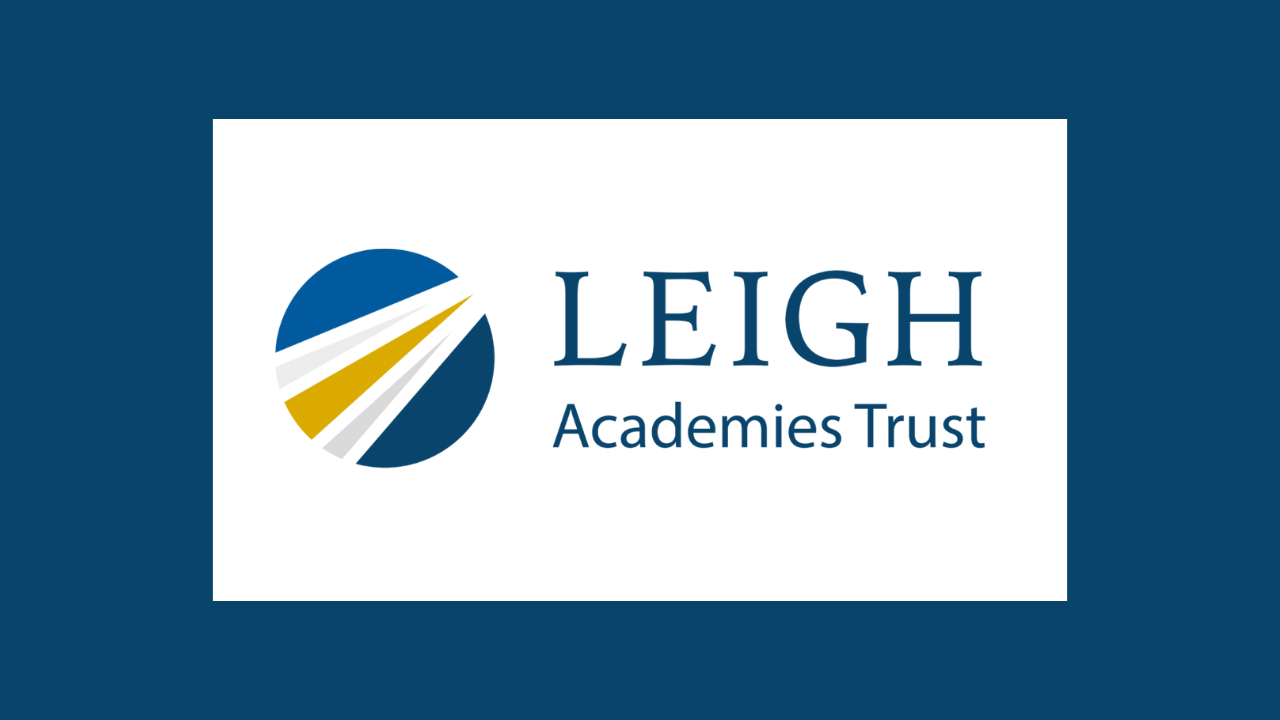Video Case Studies
Joining us at Customer Connect 2024, our annual gathering designed to bring customers together to share insights, explore best practices, and discover exciting new products and features, Susanne Kiff reflected on her trust’s transformative journey with IMP Software.
In this Q&A, Susanne highlighted how IMP’s commitment to listening and acting on feedback has fostered a strong partnership from the outset. She shared how the smooth implementation process enabled even less experienced team members to adopt the system with ease, while proactive budgeting tools have helped her trust plan strategically, ensure consistency, and navigate challenges such as falling pupil numbers with confidence.
Jump to a question:
What made you choose IMP Software?
How was the implementation process for your trust?
How have you found the support offered by IMP?
What’s been the impact of using IMP Planner?
How has IMP Software supported you with falling birthrates?
Joining us at Customer Connect 2023, our annual gathering designed to bring customers together to share insights, explore best practices, and discover exciting new products and features, Nicola Gordon reflected on how IMP Software has provided invaluable support in her role and improved her processes.
In this Q&A, Nicola highlighted how the combination of personalised support through Teams meetings and emails, alongside accessible YouTube help videos, helped her build confidence with the system. She shared how IMP’s ability to consolidate data from a single source eliminated the need for error-prone, manual processes across multiple systems. Nicola emphasised how this streamlined approach has enhanced efficiency and increased confidence in the accuracy of her data.
Transforming MAT Budgeting: How Dartmoor Multi-Academy Trust Streamlined Operations with IMP Planner
Dartmoor Multi-Academy Trust, created in 2018, comprises 16 primary and secondary schools which have come together based on a shared vision that encompasses the values of both the cooperative movement and the Church of England.
Having previously operated 11 of the schools as two federations with pooled budgets, the Devon-based Trust took a collaborative approach from the outset. A fully centralised finance, HR and estates team provides a first-class service to all its schools and supports Dartmoor Multi-Academy Trust’s overall mission to “provide the highest possible quality of education for all local children in order to ensure pupils from all backgrounds are able to succeed”.
Whilst the Trust has 5,000 pupils and 750 staff, its provision includes a mix of rural schools with some having less than 100 pupils on their roll, meaning there is a constant challenge to ensure that all schools have sufficient resources. Having taken up her role as Chief Financial Officer in January 2018 (Chief Finance and Operations Officer from January 2019), Susanne Kiff immediately set about sourcing the most effective way to support MAT budgeting.
“The budgeting system we used at the outset has a strong history with maintained schools and standalone academies, but due to its limited reporting and multiple databases it was not working for us as a centralised MAT,” Susanne explained. “I was forced to rely on manually exporting data from each school into a spreadsheet, which was time consuming to facilitate, and once completed lacked the ability to drill down into our numbers. I was constantly finding a number in a spreadsheet and having to go into one or more schools’ systems to find out the detail behind the headline. It was really painful.”
A further issue for Susanne was that to achieve scenario planning, or budget consistency, she had to ensure that each budget setting – such as pay increases or funding assumptions – was manually entered into each school’s system. “Given the financial challenges we were facing I had to look at all sorts of scenarios to make the most of the budget and the system was not helping me to do this across our schools,” she said. “The system we were using had not kept pace with the emergence of MATs, and the subsequent need for them to be centrally managed. The budgeting process in our MAT is a collaborative one and we needed one system to facilitate this, not one per school.”
Whilst reviewing options before their annual budgeting cycle Susanne came across IMP Planner, which was able to address all the MAT’s budget-setting challenges, and this was implemented in April 2019. “I have used most of the budgeting systems available across the sector but they all share the same issues,” she revealed. “They were designed as a school budgeting tool and, over time, have had MAT functionality layered on top. IMP Planner is different as it was designed specifically for centralised MATs and each school is part of the core, unified set-up. The data is all in the same place so I can report in real time across all the schools and drill down to the supporting information within a single click. Our team is familiar with this approach as this is exactly how our finance and HR system is structured, so the learning curve was quick. It is so simple to use.”
Twelve months on from establishing a partnership with IMP Software and the Trust is seeing the benefits from its investment. “The system has addressed a number of gaps,” Susanne explained. “Firstly, that we are getting a MAT overall view of everything, which we did not have before – so the ability to see a project code, and what we have budgeted, or consistency in budgeting to a nominal code across the MAT. Secondly, the ability to have others involved in budget-setting. We now have finance leads in individual schools, with myself undertaking an overall check. What the first year has also done is highlighted things for us to question strategically and look at spending within our schools. We are now focusing specifically on procurement and MAT-wide contracts, which generally bring savings. We can see how IMP Planner will bring us hard savings over time.”
Susanne also paid tribute to the IMP Software team for their customer-focused approach. “From the initial remote training sessions, which were really helpful and regular enough to keep our knowledge developing at a good pace without overwhelming colleagues, to the deep relationship we have subsequently built, we see IMP as an extension of our team,” she said. “The difference between IMP Planner and other products is it is built to be used by a MAT – by accountants, for accountants – specifically for purpose. The team have worked with MATs for such a long time and their experience stands out. They are continually asking what we want to see, and for suggestions on how to make things better or different, and are quick to change things on the back of requests. For example, I am excited about the addition of forecasting against live actuals. What I like about their approach is they do not rush things – they see the importance of getting each new bit right.”
With other MATs also struggling to set the direction within their budgeting cycle, Susanne encouraged those facing the same challenges as Dartmoor Multi-Academy Trust to consider IMP Planner. “I would absolutely recommend IMP Software to other MAT CFOs – and constantly do,” she said. “I really believe in the product and how it has made my job easier, how it has saved us time and how it has saved us money. IMP Planner represents a step change in the MAT budgeting space. The system is extremely powerful, it automates much of our budget lines and puts us as the MAT firmly in control. We now have real confidence that our budgets are as good as they can be, so that we can focus on budget analysis, rather than budget preparation. That is all down to IMP’s input.”
Case study developed: April 2020



